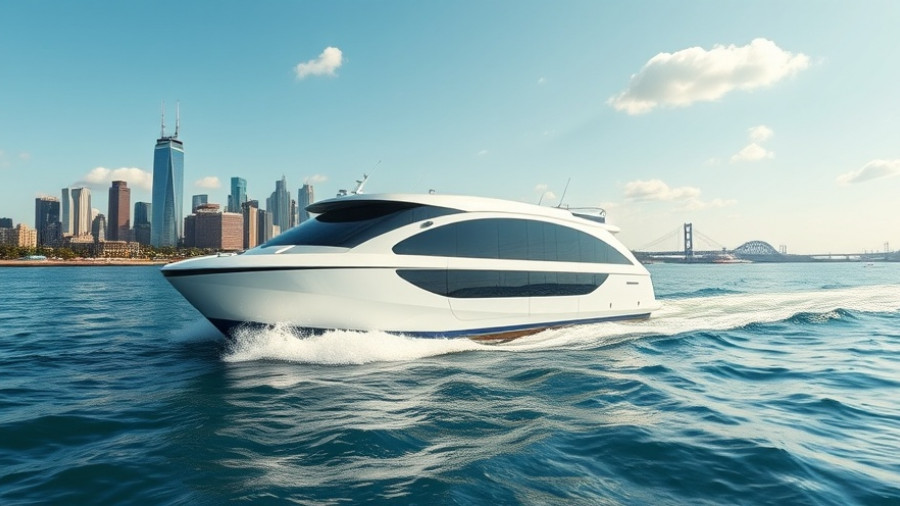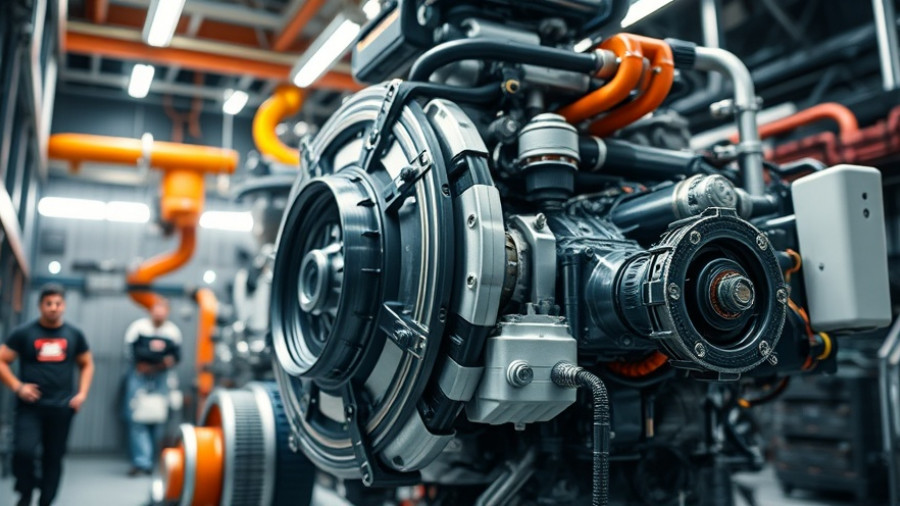
Norway's Bold Step into Floating Wind Power: What You Need to Know
Norway is moving forward with an ambitious plan to become a key player in the floating offshore wind energy sector. This initiative, known as the Utsira Nord project, aims to invite bids for three floating wind farms, each with a potential capacity of up to 500 megawatts, located off the coast of Rogaland. This development marks a significant milestone in Norway's efforts to harness renewable energy resources in deeper waters where traditional turbine foundations cannot be used.
The Groundbreaking Floating Wind Technology
At the heart of this project is the utilization of innovative floating wind technology. Companies such as Aikido Technologies are eager to get involved. The San Francisco-based firm is planning to deploy a unique floating wind platform called the AO60 at the Marin Energy Test Centre (METCentre). Aikido's platform features modular construction methods, which promise simpler assembly and an overall faster deployment process. This approach not only cuts down on construction time but also utilizes existing infrastructure, making it a game-changer for the industry.
The Competitive Bidding Process: Aiming for Efficiency
The bidding process for Utsira Nord will also include a significant financial component, with potential state aid of up to NOK 35 billion (approximately USD 3.4 billion) available for the lowest bidders. This competitive landscape is designed to incentivize innovation and efficiency, ensuring that only the most capable technologies are realized in the development phase. As Arvid Nesse, CEO of Norwegian Offshore Wind, stated, this is a joyous moment for the industry, marking Norway's resurgence in floating wind capabilities.
Future Trends in Sustainability and Wind Energy
The exploration of floating wind technology not only showcases Norway's leadership in innovation but also sets the stage for future advancements in renewable energy. Floating wind farms can be deployed in deep waters where conventional turbines cannot operate, vastly expanding the potential for offshore energy generation. Experts suggest that as countries grapple with climate change and transition toward greener energy sources, technologies like floating wind may play a critical role in global energy strategies.
Preparing for the Path Ahead
The focus on floating wind technology comes at a time when the world is increasingly recognizing the importance of sustainability. With resources like the METCentre providing essential validation for innovative technologies, Norway could establish itself as a leader in developing solutions to meet global energy demands sustainably.
The Implications for the Energy Market
As floating wind farms become a more prevalent part of the energy conversation, they offer promising pathways not only for energy production but for job creation and technological advancements in the maritime and energy sectors. Companies within Norway and abroad must adapt quickly to the evolving landscape, capitalizing on this potential for growth while addressing environmental concerns.
Your Role in the Renewable Energy Transition
As the world witnesses this shift toward renewable energy, communities and individuals will play crucial roles in advocating for sustainable practices. Engagement with renewable energy projects like those being proposed in Utsira Nord will help pressure governments and industries to prioritize green technology in their policies and infrastructure.
The Utsira Nord project represents Norway's commitment to harnessing wind resources effectively and the efforts of remarkable companies to innovate in the energy sector. As they embark on this exciting journey, we, as global citizens, must stay informed and supportive of the sustainable options that will shape our energy future.
 Add Row
Add Row  Add
Add 




Write A Comment